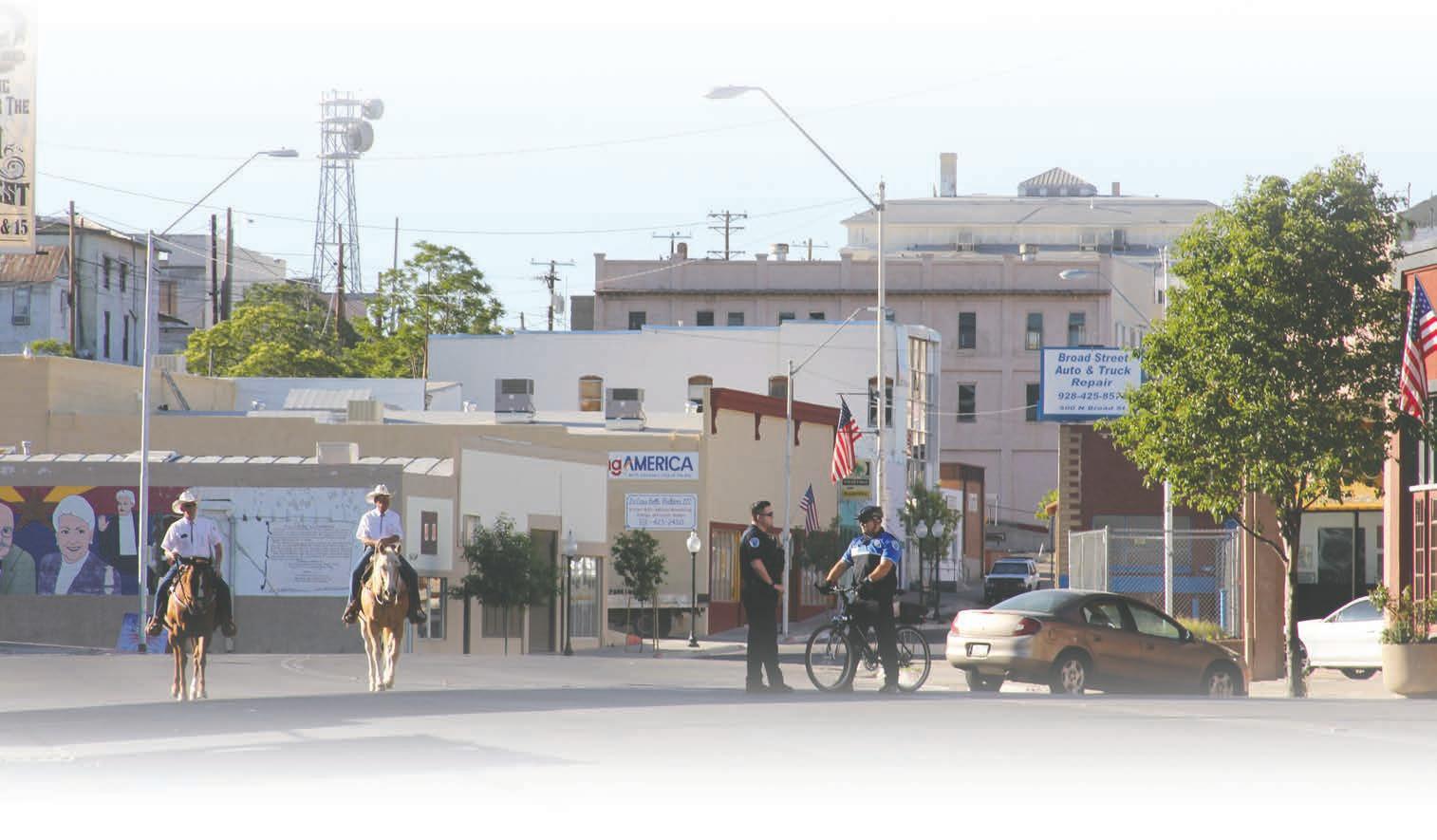
2 minute read
Sim pl y Sim pl y
became a country. Then he walked through the lands of the Amish and the Mennonites, thinking about the alternative ways of thinking and living that have helped hold the country together.
King made many unusual choices of places to visit and things to do. In Philadelphia, he didn’t go to see the Liberty Bell; instead, he visited the Eastern State Penitentiary, where Quaker visionaries tried to create a prison that would renew inmates’ souls instead of destroying them. (Most prisoners probably didn’t experience the enlightenment that the penitentiary’s designers had in mind.)
In Princeton, he did walk through the campus of the Ivy League university there, and he passed by Albert Einstein’s house. But he spent most of his time at the Princeton Battlefield, where Washington’s troops turned the course of the war, nine days after they’d crossed the Delaware.
And when he reached New York, he didn’t visit the Empire State Building or Ellis Island—he went to the top of the Edgeboro Landfill, where much of the wreckage of the Twin Towers lies buried. Then he walked to Ground Zero and contemplated memory: what we remember and what we forget. (King had been on the team of Wall Street Journal reporters whose coverage of 9/11 won a Pulitzer.)
King made the trek for many reasons, but the most powerful, he emphasizes, was his sense of mortality. He had cancer, which was in remission after years of treatment, and both his brother and a close friend were facing cancer, too. King was grateful—grateful just to be on the Earth, and grateful to be in a position to make the walk.
Every morning, he wrote about the previous day’s experiences and emailed them to a list of friends. Those emails became the book American Ramble: A Walk of Memory and Renewal, which just came out from Mariner Books. One reviewer calls it “the story of a traveler intoxicated by life.” But the book is less about travel per se than about life and how to live it.
The whole book is lit up by King’s sense of gratitude. His gratitude makes him pay attention, makes him stay open to all the experience he can possibly grab, whether that’s fly fishing on a creek near Valley Forge or stopping for a chat with schoolchildren in a Mennonite town.
And that intensity of attention gives rise to the wonder and awe that suffuse King’s story. He says over and over that the aspects of the world that create wonder and awe are right there: you don’t have to go looking for them, you only have to look. Really look, be open, pay attention.
Because it isn’t the grand sights and famous places that nearly bring King to tears at times, and that readers will remember long after they finish the book. It’s the tiny moments of vivid attention and awareness, when suddenly the world seems to come alive and become beautiful and precious.
Rain falling outside the window of a tavern where he’s eating fish tacos with a beer. Snow falling on pastures as he walks along a two-lane road through farm country on the first of April. Watching laundry billow in the wind on a laundry line in rural Pennsylvania. Joy passes through him at these moments, for no obvious reason—simply because he’s present and paying attention.
“Attention is the beginning of devotion,” he quotes the poet Mary Oliver.
This is the kind of book that makes you open your eyes a little wider. If you read it—and I do recommend it—King’s book will help you understand America’s history a little better, and might give you new eyes for the country’s present-day struggles. But mostly it will show you new way of looking, and living.










